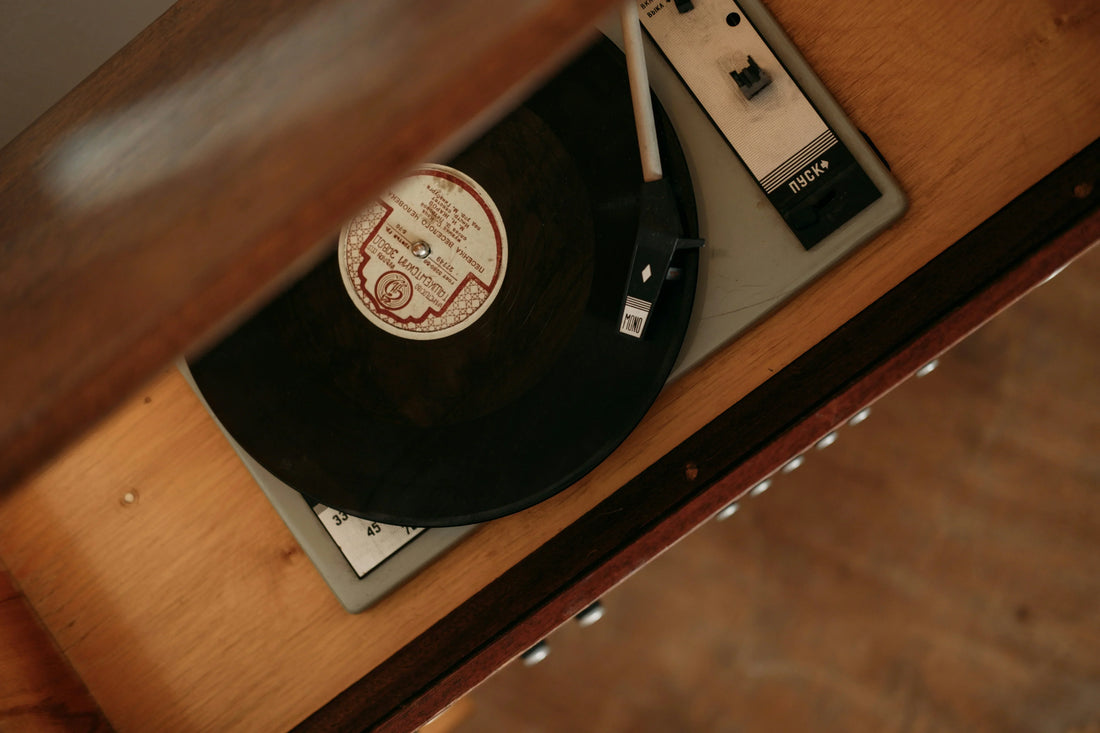Grooves & Grace: The Timeless Appeal of Vinyl
Written By Raviakash Deu
A vintage phonograph record player
When Thomas Edison invented the phonograph machine in 1877 and released it to the public, it was like something magical had occurred. In some ways, it had; he’d discovered the idea of sound recording. However, the tinfoil he used to record the vibrations didn’t hold up so well. Even when the stylus was properly adjusted, the sound was distorted and the recording could only be played a few times.

Antique gramophone found in Mattancherry, Kochi

Assortment of old vinyl records at a record store

A modern vinyl turntable
Several improvements were rolled out through the 1880s before Emile Berliner switched from metal cylinders to flat disks in 1887 with the gramophone. By the early 20th century, companies like HMV weren’t selling machines, but luxury furnishings. Owning one marked refinement: a home filled with opera and classical music.
The 1920s jazz and dance craze sent record players flying off shelves. Millions were sold in the US and tens of thousands in Britain. The Great Depression slowed sales, but affordable table-top models kept the music alive. Although radio had taken over the airwaves, gramophones and the records themselves carried prestige and personal value.
As rock ‘n’ roll swept the 60s, and The Beatles captured the hearts of a generation, vinyl emerged as the soundtrack of youth culture. Teenagers collected singles on the more compact 45s, and colourful record players became a rite of passage in many bedrooms. By the 70s, attention moved toward sound quality. Brands like Technics, Pioneer and Sony released their sleek, minimalist turntables ushering in the golden era of disco and later, hip-hop.
Eventually, cassettes and CDs pushed the turntable aside. Lighter, portable and digital, they dominated for nearly two decades, but vinyl continued to survive in niche circles. Even today, the ritual of lowering the needle and flipping the record feels timeless. It’s a small act of resistance against algorithms and the instant nature of streaming.
